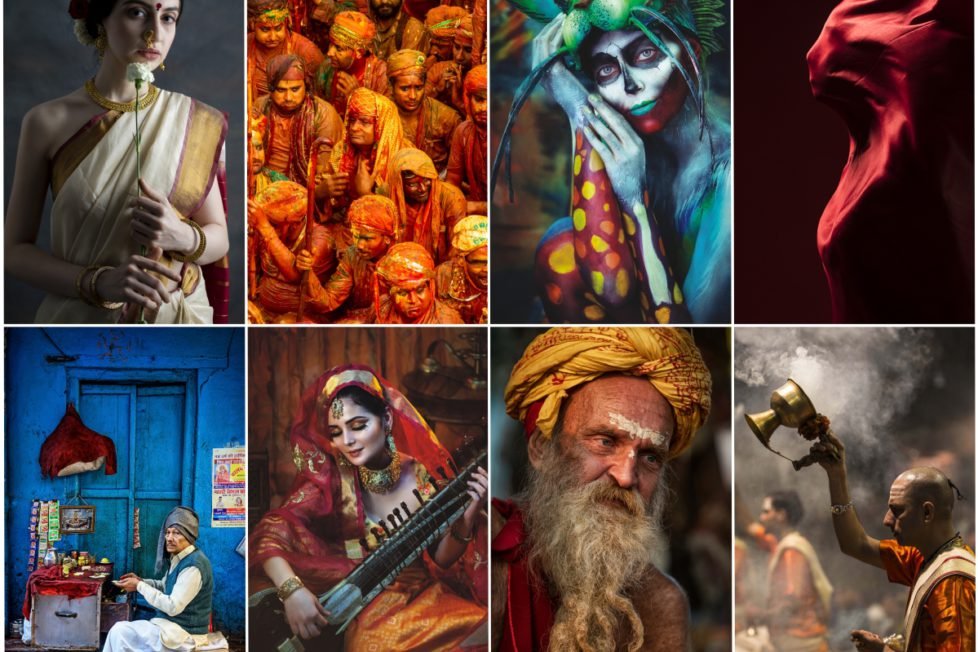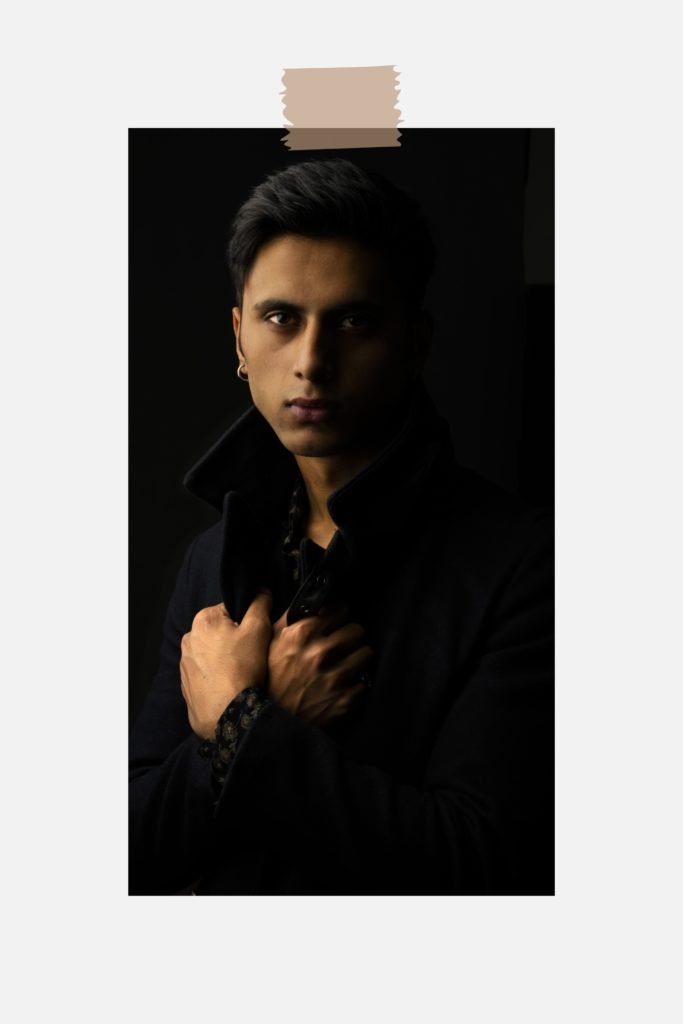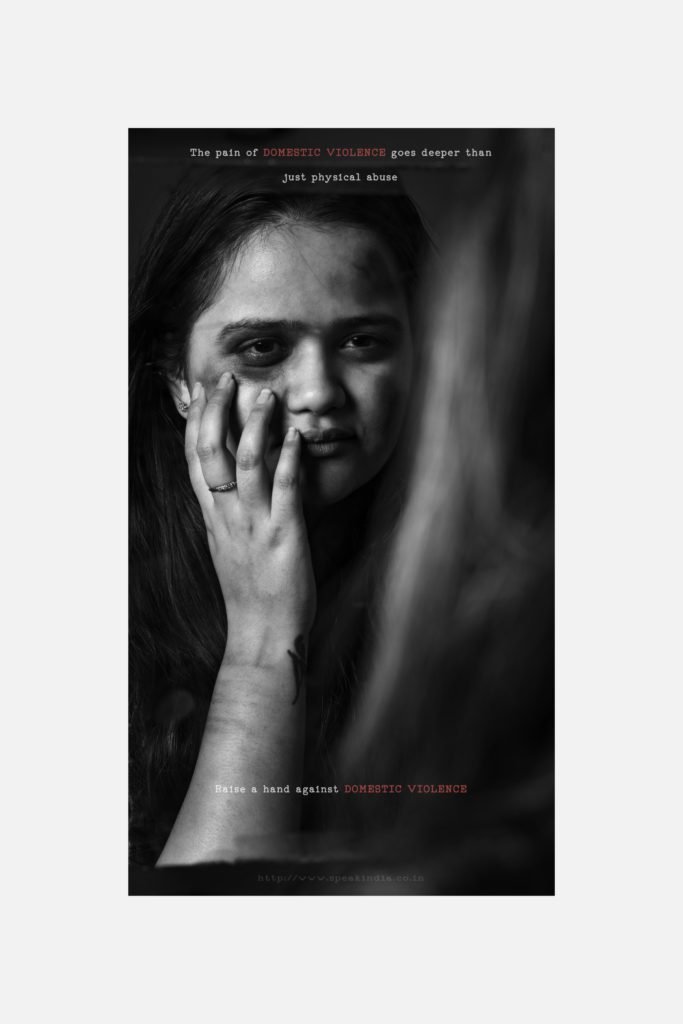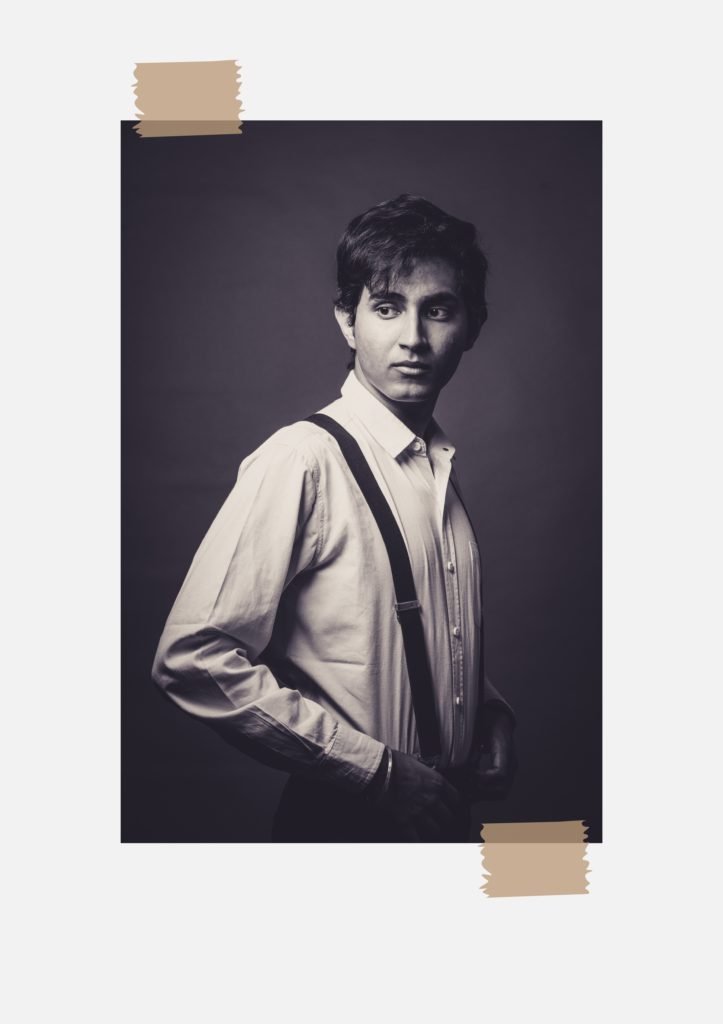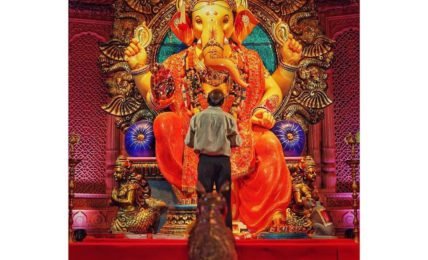Why Fine Arts and Photography have a great scope in India?
On the occasion of IIP's Founder's day, Directors of the IIP Academy for Fine Arts & Research Centre share their views on NEP 2020 and how the new policy creates a suitable environment for furthering creative studies in India, with a special focus on Fine Arts Photography and the study of history of photography and its applications in current times. In photography, it is always important to know the ‘subject’ at study closely, for which IIP has introduced Ethnographic Portraits and Documentary Photography.
